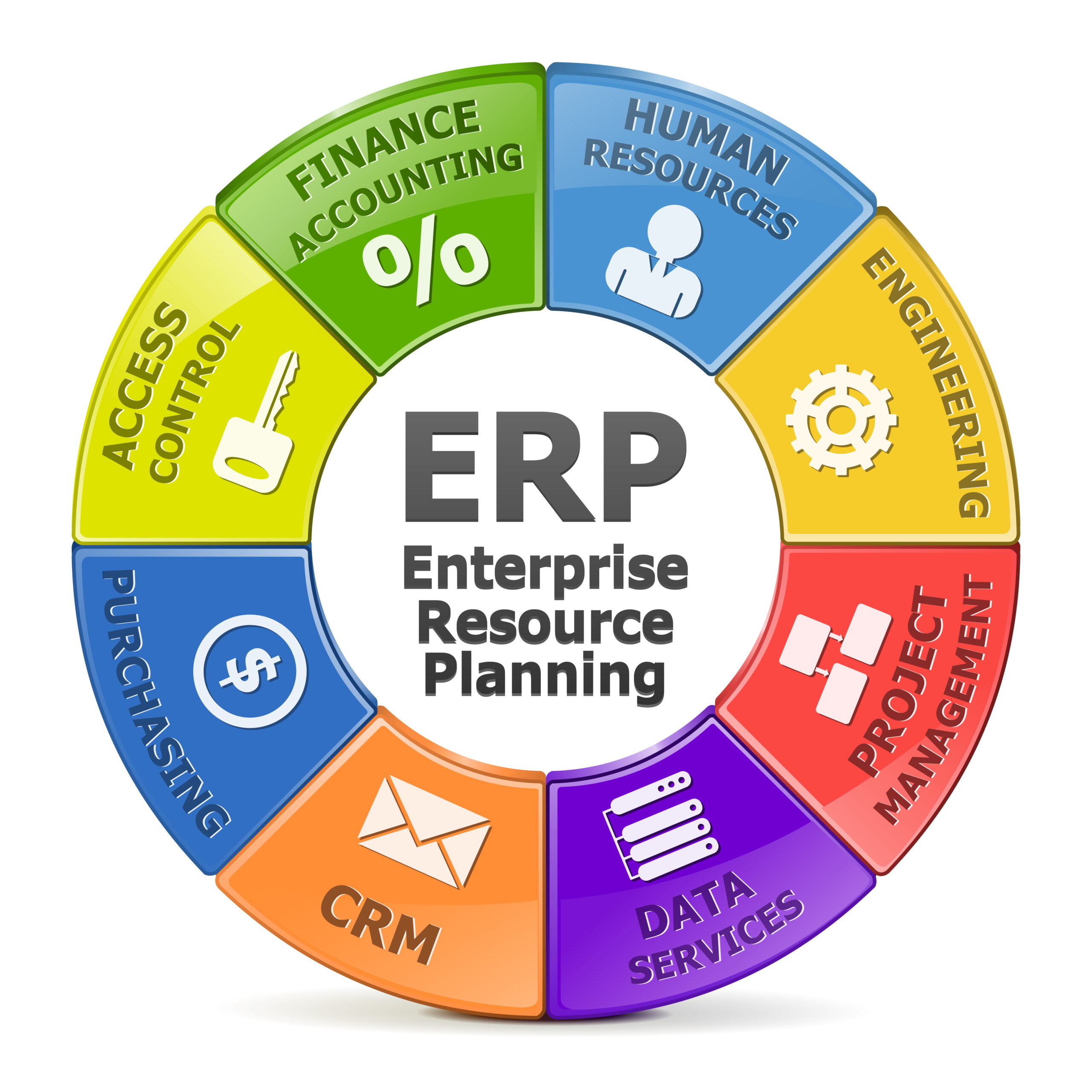From Chaos to Clarity: My Journey with ERP Retail Workforce Planning
(H1 – Primary Keyword: ERP Retail Workforce Planning)
Hello there, fellow retail enthusiast! My name is Alex, and for over two decades, I’ve been right in the thick of it – the bustling aisles, the ringing registers, the endless dance of customer service and inventory. I’ve seen retail evolve from cash registers and handwritten receipts to the digital wonderland it is today. But let me tell you, out of all the transformations I’ve witnessed, one stands out as a true game-changer: ERP Retail Workforce Planning.
Now, if those words sound a bit like corporate jargon, don’t worry. Think of me as your guide through this sometimes-confusing landscape. I’m going to share my personal journey, from the frantic, coffee-fueled mornings of manual scheduling to the calm, data-driven efficiency that an ERP system brought to our retail operations. If you’ve ever felt the stress of an understaffed Saturday or the frustration of overpaying for labor, then pull up a chair. This story is for you.
The Retail Rollercoaster: My "Before ERP" Nightmare
(H2 – Secondary Keyword: Retail Workforce Management Challenges)
Let me take you back to a time that still gives me slight chills. I was managing a mid-sized clothing store, and every week, the scheduling process was a nightmare. Picture this: a giant whiteboard covered in scribbled names, erased shifts, and question marks. Beside it, an open Excel sheet with countless tabs, trying to juggle employee availability, vacation requests, and the ever-elusive "peak hours" based on my gut feeling.
- The Problem with Gut Feelings: My "gut" was often wrong. We’d be swamped on a Tuesday afternoon with only two people on the floor, while a slow Wednesday morning had five staff members standing around, chatting. This wasn’t just awkward; it was costing us. We were either losing sales because customers couldn’t get help, or we were hemorrhaging money on unnecessary labor.
- Employee Burnout and Frustration: My team was constantly stressed. Some felt overworked, others felt underutilized. Fair scheduling was a myth. People would call in sick because they were exhausted, and finding last-minute replacements was a frantic game of phone tag. Employee morale was low, and honestly, mine wasn’t much better.
- Customer Experience Suffered: When your team is stressed and stretched thin, it shows. Customers noticed the long lines, the lack of attention, and the tired smiles. Repeat business dwindled, and I knew we were missing out on our true potential.
- Compliance Headaches: Keeping track of breaks, overtime rules, and local labor laws with manual methods? It felt like walking a tightrope blindfolded. One mistake could lead to fines, and the constant worry was draining.
This, my friends, was the chaotic reality of retail workforce planning without a proper system. I desperately needed a solution, but I didn’t even know what to call it.
The Lightbulb Moment: Understanding ERP Retail Workforce Planning
(H2 – Secondary Keyword: What is ERP for Retail, Workforce Planning Definition)
Then came the whispered rumors of "ERP." At first, it sounded like something only massive corporations with huge budgets could afford. But as our company grew, the leadership started looking into it, and I was invited to sit in on some of the initial discussions.
"ERP," I learned, stands for Enterprise Resource Planning. Don’t let the fancy name scare you. In simple terms, think of an ERP system as the central brain of your entire business. Instead of having separate programs for sales, inventory, accounting, and HR, ERP integrates all of them into one powerful platform. It’s like having a single dashboard where all your critical business information lives and breathes together.
So, what does this have to do with scheduling my retail staff? This is where Workforce Planning comes in. Workforce planning is essentially figuring out who you need, when you need them, and what skills they need to have, to meet your business goals. When you combine this with an ERP system, you get ERP Retail Workforce Planning – a powerful, integrated approach to managing your most valuable asset: your people.
It means:
- Using actual sales data, foot traffic patterns, and even weather forecasts (all potentially managed within or linked to your ERP) to predict demand.
- Automatically generating schedules that match that demand, considering employee availability, skills, and labor regulations.
- Tracking actual hours, overtime, and costs in real-time.
- Integrating payroll, HR, and performance management seamlessly.
For someone who had spent years wrestling with whiteboards and spreadsheets, this sounded like science fiction. But it quickly became my reality.
How ERP Became My Retail Superpower: The Benefits I Saw Firsthand
(H2 – Primary Keyword: Benefits of ERP Retail Workforce Planning)

